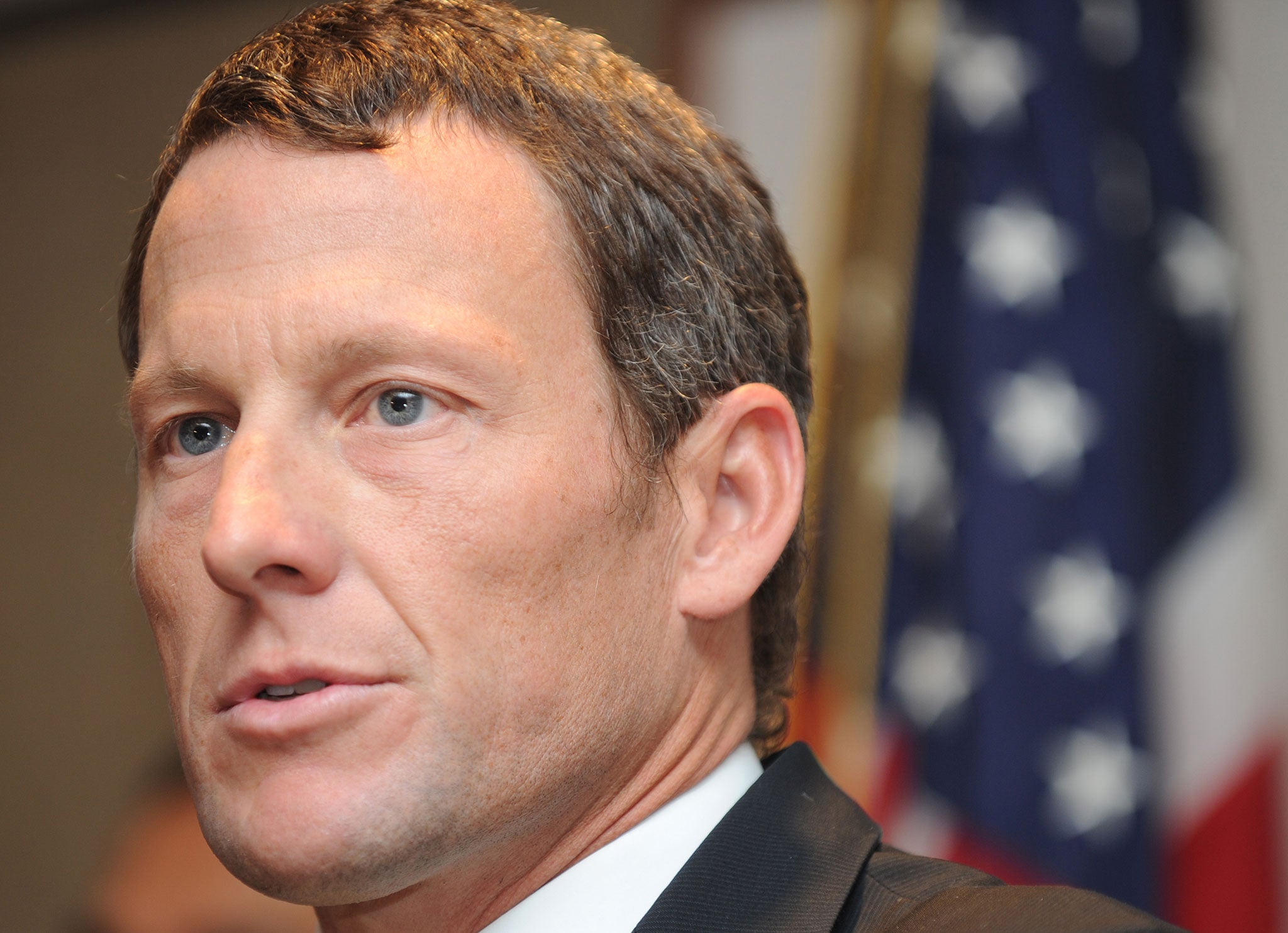Cycle of Lies: The Fall of Lance Armstrong by Juliet Macur, book review

Quite apart From all the scandalous stories of drugs and intimidation, one of the most fascinating revelations in Cycle of Lies: The Fall of Lance Armstrong comes in the first two paragraphs.
A large oak tree stands outside the colonial mansion in Austin, Texas, that cost the seven-times Tour de France winner $10m (£6m). It used to be on the far side of the estate, but Armstrong wanted it by the front gate. He paid $200,000 to have it moved. Until everything started to unravel, Armstrong always got what he wanted.
That includes what the US authorities called "the most sophisticated and professionalised doping programme sport has ever seen" (though the former East Germany might have something to say about that). With a small army of confederates, some more willing than others, Armstrong bullied, lied and cheated his way to the top – and as the wealth of personal testimony amassed by the New York Times writer Juliet Macur makes clear, the bullying was as central to his success as his pharmacological intake.
A drugs omerta has always prevailed in cycling, so even as large a doping operation as that run by the US Postal team was able to get away with it. As Macur shows, if it weren't for his deeply flawed character Armstrong might still be getting away with it, for all the efforts of journalists like Macur (and particularly David Walsh of The Sunday Times).
Even in his teens he was attempting to intimidate opponents on start lines and finish lines, and there is an extraordinary account from the other end of his career, when he was fighting the drugs allegations, of a children's fun race that he was supposed to lead out. He couldn't stop himself winning the thing.
His vindictiveness is well-documented, but there is always room for more detail, like his charming email to Travis Tygart of the US Anti-Doping Agency: "Hope you have a bodyguard and a bulletproof vest." Much of it leaves one pondering not so much on the drugs operation as the fact that Armstrong comes across as a nasty piece of work.
While a lot of the material is already in the public domain, Macur interviewed more than 100 people, and she also gained access to tapes made by JT Neal, an early mentor of Armstrong, who was diagnosed with cancer around the same time and died in 2002. So hurt was he by how his former charge treated him that he was planning a book, and the tapes reveal Armstrong's remarkable capacity to make enemies of those previously close to him.
As the lawsuits piled up, the Austin mansion had to go, though presumably the oak is still there by the front gate. In the end, Armstrong's ruthless nature and his treatment of former loyalists was his undoing. While bullying and coercion was central to keeping the show on the road, eventually those things brought him down and his old team-mates betrayed him. Keep them onside and he might still be a global hero living his lie.
Join our commenting forum
Join thought-provoking conversations, follow other Independent readers and see their replies
Comments